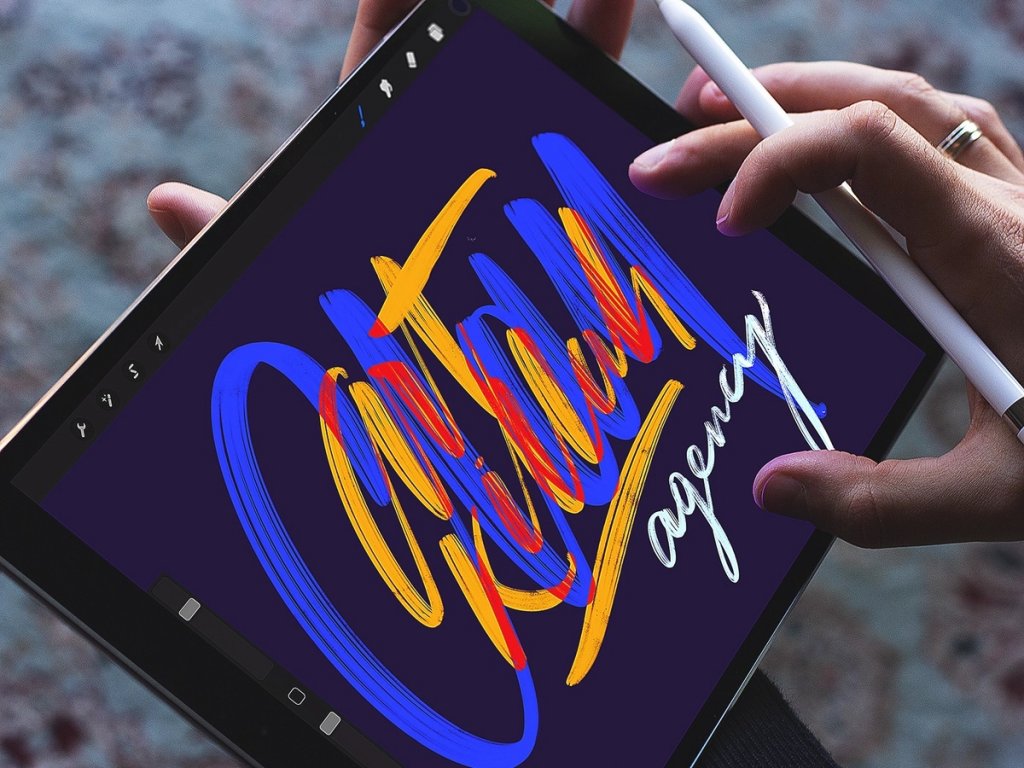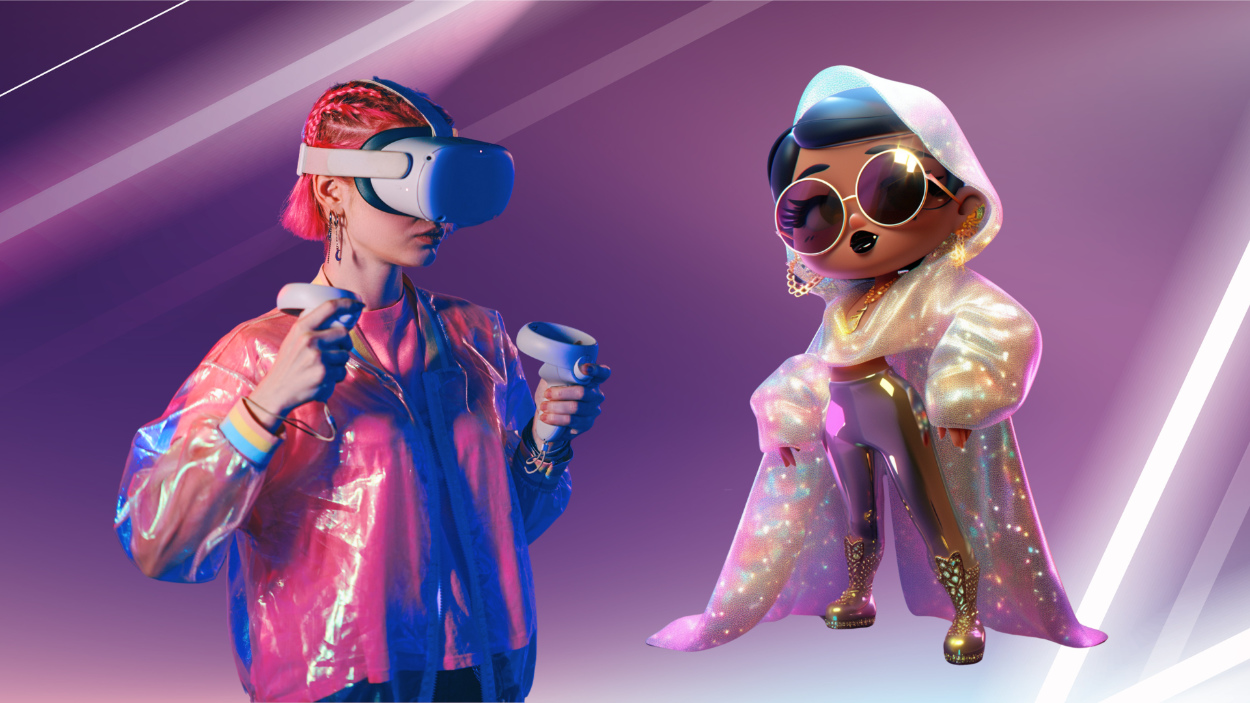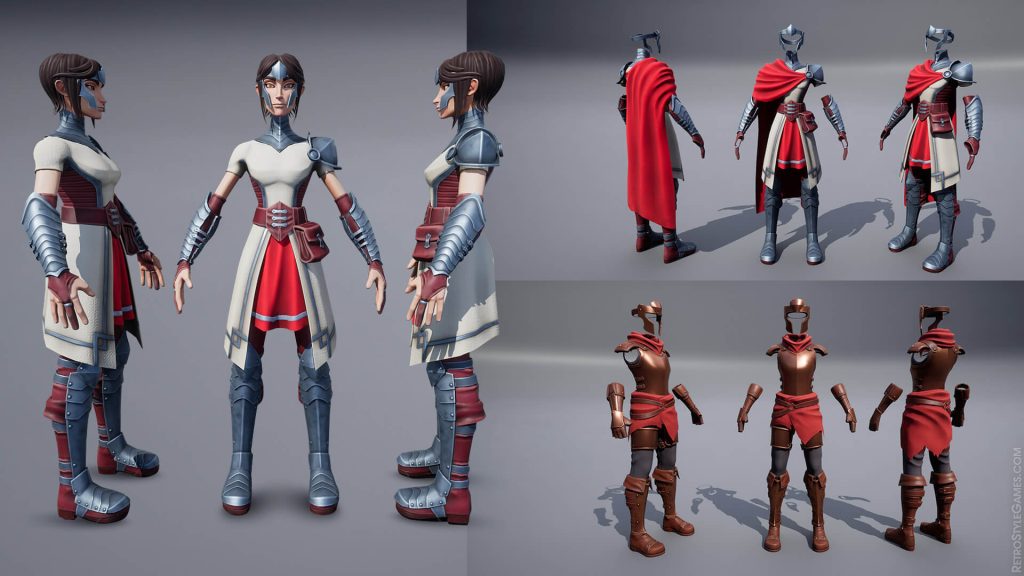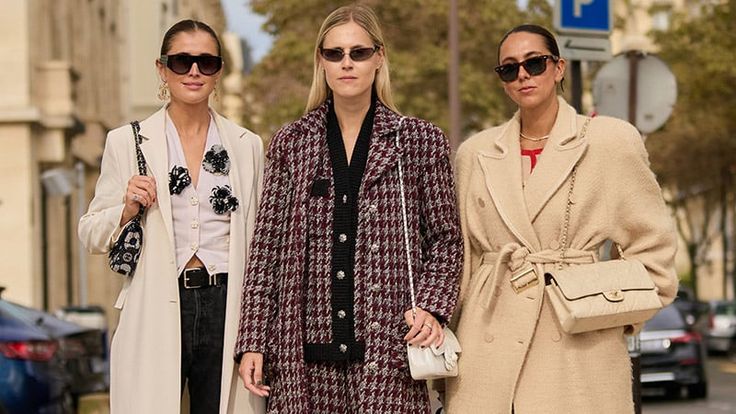
The intersection of fashion and technology has always been a fertile ground for innovation, and in the realm of digital interfaces, the influence of fashion trends is more pronounced than ever. As the digital landscape evolves, so does its design ethos, drawing significant inspiration from the dynamic world of fashion. This synthesis not only enhances the aesthetic appeal of digital products but also influences user engagement and interaction.
How fashion shapes user interfaces
Fashion trends bring more than just visual appeal; they introduce new patterns, textures, and colour schemes to the digital domain. Designers of digital interfaces often borrow these elements to enhance visual interest and user experience. For instance, the minimalist trend in fashion has translated into clean, simple, and highly functional interface designs that emphasize usability without excessive decoration. Similarly, the bold patterns and vibrant colours seen in recent runway shows find their reflection in the adventurous colour palettes and design elements in app and web interfaces.
This borrowing from fashion isn’t superficial—it’s deeply entwined with brand identity and user perception. A fashion-forward design can make technology appear more relatable and desirable, particularly to a younger, style-conscious audience. Moreover, as fashion cycles move, they often herald shifts in design preferences that can signal broader changes in consumer expectations and behaviours. Incorporating these trends into digital interfaces can, therefore, provide a competitive edge that keeps products feeling fresh and relevant. An example of this can be seen in the user interface of 9winz online casino, where the integration of contemporary fashion trends helps to attract and retain a style-conscious demographic, enhancing both aesthetic appeal and user engagement.
Integrating dynamic and sustainable fashion trends
The influence of fashion on digital design isn’t limited to aesthetics. Sustainability, a significant trend in the fashion industry, has begun to impact digital product design as well. Digital designers are adopting the ethos of sustainable fashion, which prioritises longevity over fast-changing trends, to create timeless designs that resist the rapid obsolescence typical of the tech industry.
For instance, in platforms like the nine casino UK login, where the user interface blends security, functionality, and style, the principles of sustainable fashion manifest in the form of long-lasting design elements that stand the test of time and enhance user trust and satisfaction.
Moreover, the rise of digital fashion – garments designed to be used exclusively in virtual environments or as digital overlays in augmented reality – showcases another area where fashion trends directly impact digital interface design. These digital creations often require interfaces that can display intricate textures and fluid animations that mimic real-world fabric behaviours, pushing the boundaries of what can be achieved in digital design software.
Thoughts on fashion and digital design synergy
The fusion of fashion and digital design is not just a passing phase but a significant evolution that shapes how users interact with technology. As digital interfaces become not just tools but integral parts of daily life and personal expression, the role of fashion in shaping these interactions will only grow. Designers must continue to look to fashion not only for inspiration but also for lessons in sustainability, functionality, and cultural relevance. By doing so, they can create digital experiences that are not only beautiful and engaging but also deeply integrated into the fabric of modern life.


